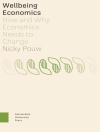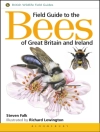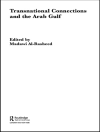Presenting topics in the form of questions and answers, this popular supplemental text offers a brief introduction on multiple regression on a conceptual level. Author Paul D. Allison answers the most essential questions (such as how to read and interpret multiple regression tables and how to critique multiple regression results) in the early chapters, and then tackles the less important ones (for instance, those arising from multicollinearity) in the later chapters. With this organization, readers can stop at the end of any chapter and still feel like they′ve already gotten the meat of the subject.
Table des matières
What Is Multiple Regression?
How Do I Interpret Multiple Regression Results?
What Can Go Wrong with Multiple Regression?
How Do I Run a Multiple Regression?
How Does Bivariate Regression Work?
What Are the Assumptions of Multiple Regression?
What Can Be Done about Multicollinearity?
How Can Multiple Regression Handle Nonlinear Relationships?
How Is Multiple Regression Related to Other Statistical Techniques?
A propos de l’auteur
Paul D. Allison, Ph.D., is Professor of Sociology at the University of Pennsylvania where he teaches graduate courses in methods and statistics. He is also the founder and president of Statistical Horizons LLC which offers short courses on a wide variety of statistical topics.After completing his doctorate in sociology at the University of Wisconsin, he did postdoctoral study in statistics at the University of Chicago and the University of Pennsylvania. He has published eight books and more than 60 articles on topics that include linear regression, log-linear analysis, logistic regression, structural equation models, inequality measures, missing data, and survival analysis.Much of his early research focused on career patterns of academic scientists. At present, his principal research is on methods for analyzing longitudinal data, especially those for determining the causes and consequences of events, and on methods for handling missing data.A former Guggenheim Fellow, Allison received the 2001 Lazarsfeld Award for distinguished contributions to sociological methodology. In 2010 he was named a Fellow of the American Statistical Association. He is also a two-time winner of the American Statistical Association’s award for “Excellence in Continuing Education.”












